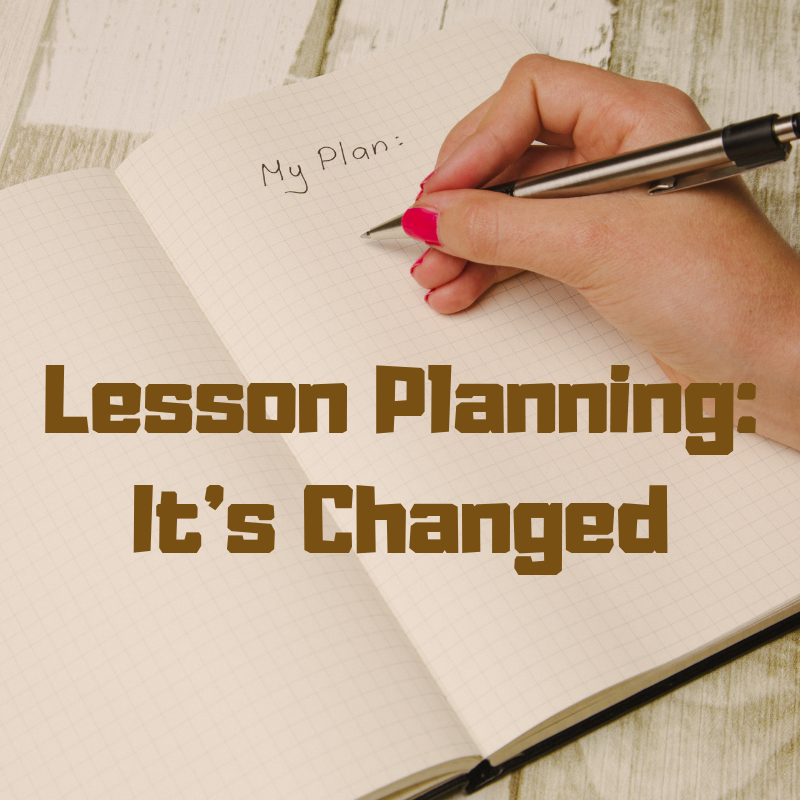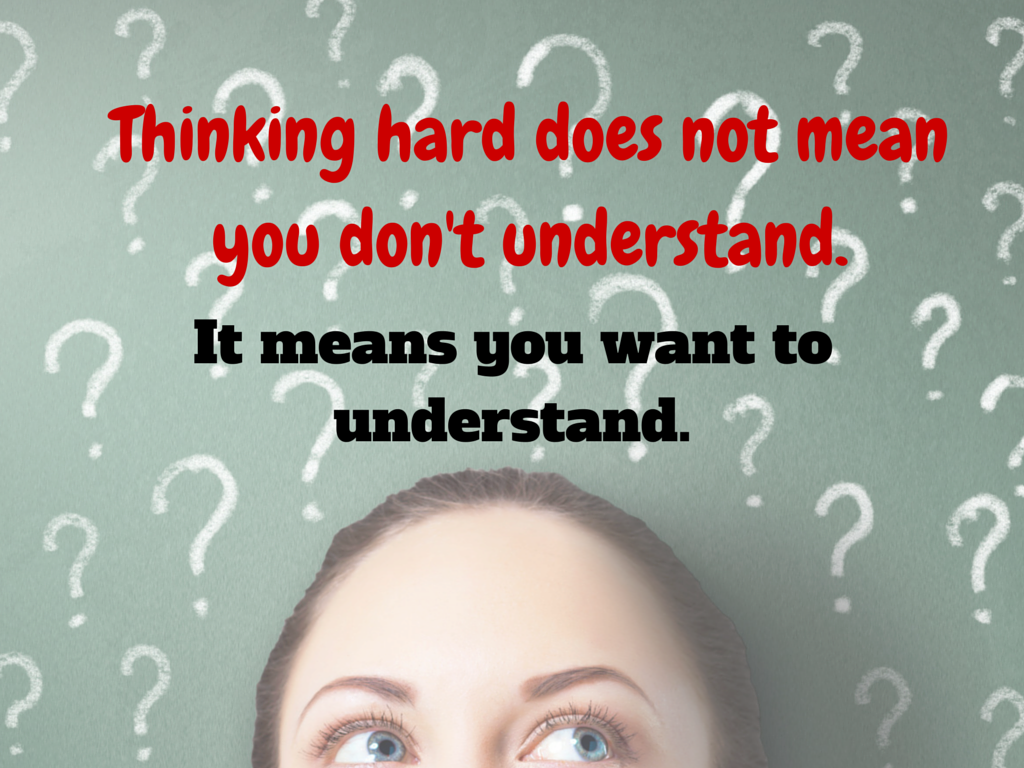 Technology and the connected world put a fork in the old model of teaching–instructor in front of the class, sage on the stage, students madly taking notes, textbooks opened, homework as worksheets, and tests regurgitating facts.
Technology and the connected world put a fork in the old model of teaching–instructor in front of the class, sage on the stage, students madly taking notes, textbooks opened, homework as worksheets, and tests regurgitating facts.
Did I miss anything?
This model is outdated not because it didn’t work (many statistics show students ranked higher on global testing years ago than they do now), but because the world changed. Our classrooms are more diverse. Students are digital natives, in the habit of learning via technology. The ‘college or career’ students are preparing for isn’t that of their mothers.
What is slow to adjust is the venerable lesson plan. When I first wrote these teaching maps, they concentrated on aligning with standards and ticking off required skills. Now, with a clear-eyed focus on where students need to be before graduation, they must build on the habits of mind that allow success not only in school but life.
Here are seventeen concepts you may not think about—but should–as you prepare lesson plans:
- About a third of high school graduates go to work rather than college so they must be prepared for what they’ll face in the job market. This includes knowing how to speak and listen to a group, how to think independently, and how to solve problems. Lesson plans must reflect those skills.

- Lesson plans must be platform-neutral, not a cheerleader for the school’s favorite tool. For example, spreadsheets should teach critical thinking and data analysis, not Excel or Sheets. What students use at school may not be what their future employer requires.
- Conflate ‘knowing’ with ‘understanding’. Students must understand why their project is better delivered with a slideshow than word processing.
- Transfer of knowledge is key. What students learn must be applicable to other classes—and life. For example, vocabulary isn’t a list of words to be memorized. It’s knowing how to decode them using affixes, roots, and context.
- Collaboration and sharing is treated as a learned skill.
- Real life allows for do-overs. School should respect the process of review, edit, rewrite, and resubmit by allowing it to happen.
- Student projects are shared with all, not just the teacher. The entire community of learners can benefit from each student’s work.
- Self-help is expected, such as using online references and how-to videos. These are available 24/7, empowering students to work at their own pace, to their own rhythm.
- Teachers are transparent with all stakeholders. Here, I’m thinking of parents. Let them know what’s going on in class. Welcome their questions and visits. Respond to their varied time constraints and knowledge levels.
- Failure is a learning tool. Assessments aren’t about finding perfect. In life, failure happens. Those who thrive know how to recover from failure and continue.
- Differentiation is the norm. Different methods of showing knowledge are welcomed as long as students stick with the lesson’s Big Idea.
- The textbook is a resource, supplemented by a panoply of books, online sites, experts, virtual chats, and anything else that supports the topic.
- Problem solving is integral to learning. It’s not a stressful event, rather a life skill. Students attempt a wide variety of solutions before asking for help.
- Digital citizenship is taught, modeled and enforced in every lesson, every day, and every class. Just as students learned to survive a physical community of strangers, they must do so in a digital neighborhood.
- Since keyboarding benefits all classes, all stakeholders—parents included—are partners in ensuring that students can type efficiently, quickly, and stresslessly.
- Play is the new teaching though it’s been relabeled ‘gamification’. The power of games makes learning fun.
I know—this is a lot. Don’t feel like you have to rework every lesson plan immediately. Do a few. Prove to yourself this approach works. Then, spread the word to colleagues that lesson planning has changed.
–published first on NEA Today
Jacqui Murray has been teaching K-18 technology for 30 years. She is the editor/author of over a hundred tech ed resources including a K-12 technology curriculum, K-8 keyboard curriculum, K-8 Digital Citizenship curriculum. She is an adjunct professor in tech ed, Master Teacher, webmaster for four blogs, an Amazon Vine Voice, CSTA presentation reviewer, freelance journalist on tech ed topics, contributor to NEA Today, and author of the tech thrillers, To Hunt a Sub and Twenty-four Days. You can find her resources at Structured Learning.




































